Prior authorization
Date
Jan 16, 2025
Author
Rik Renard
Situation
In large healthcare organizations with multiple locations, nurses and clinicians often face roadblocks when making care decisions. For example, ordering a CT scan or prescribing a treatment often requires approval from the central HQ. This typically involved phone calls to HQ, where protocols lived in the heads of medical experts. Every call introduced delays, especially when HQ didn’t answer, or follow-ups were required. For patients, this back-and-forth often meant extended waits or even missed care opportunities.
Complication
The process was painfully inefficient. Nurses would assess patients, call HQ, and often get stuck in a bottleneck—either due to missed calls or vague guidelines that required more clarification. Each delay added frustration for clinicians, extended patient treatment times, and increased the workload on HQ teams. The more patients there were, the worse the problem became. The entire system was a house of cards, relying on human memory and manual communication.
Resolution
Our customers use Awell to codify decision-making protocols that were once stored in the minds of clinical experts. By implementing an intuitive, logic-based system, care teams automate these protocols into digital workflows. Now, when clinicians need to make a decision, they simply follow clear prompts. For example, if a CT scan is being considered, the system asks the right questions: “Have you checked X? Have you done Y?” Based on the answers, it instantly provides a recommendation like “Proceed with the CT scan” or “First, refer the patient to physical therapy.”
This approach has significantly reduced the burden on central teams, cutting down calls and eliminating delays. More importantly, it speeds up patient care while ensuring consistency in decision-making.
Care organizations use Awell to give clinicians the answers they need, exactly when they need them, delivering faster care and improving outcomes for everyone involved.
Disclaimer: Each flow belongs to, and is configured by, an Awell customer. Awell supplies the underlying builder platform only; we do not provide clinical content or clinical decision-making logic.
Back






















